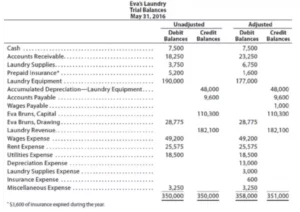An effective operation of a company largely depends on the timely receipt of funds from customers. To control overdue payments, an average debt collection period indicator is used. A definition of the average collection period is the average length of time the seller waits for payment from the buyer after the product is sold. One can find the average collection period using the formula:
Meaning and Analysis
A detailed financial analysis of the debt accounting records is necessary to properly manage accounts receivable. The company can develop a number of measures that will help improve the result and get cash faster. So, in order to reduce the term of payment for the goods (service) by the debtor, the company can:
- Charge late fees
- Add a markup on the goods if the debtor asks for a credit sale
- Use a loyalty program, where reliable buyers will be given more favorable terms.
When using these measures, customers will try to pay off their existing debt as soon as possible in order to secure favorable terms of cooperation.
If the average turnover period is too short, then this may indicate an absence of a large number of customers willing to work with the company. In such a case, management may decide to relax the collection of accounts receivable rules and give customers more time to settle their obligations.
Calculation examples
Example 1: it is necessary to calculate the accounts receivable turnover and, on the basis of it, determine the average collection period. The following information is available as initial data:
- The amount of accounts receivable at the beginning of the year is $30,000.
- At the end of the year, it was $45,000.
- Revenue for the reporting period – $115,000.
To calculate the accounts receivable turnover, you need to:
- Find the mean: (30,000 + 45,000) / 2 = 37,500.
- Calculate the indicator itself: 115,000 / 37,500 = 3.1 (taking into account rounding).
Now, we can insert the obtained result into the above formula: ACP = 360/3.1 and we get an average period of 116 days.
Example 2: You want to calculate the average collection period based on new data:
- The amount of debt for the month is $30,000.
- The revenue amounted to $100,000.
To calculate the average debt you need to divide 30,000 by 12 (the number of months in a year), which is $2,500. We substitute the data into the above formula: ACP = 360 * 2,500 / 100,000. We get an average collection period of 9 days.


















